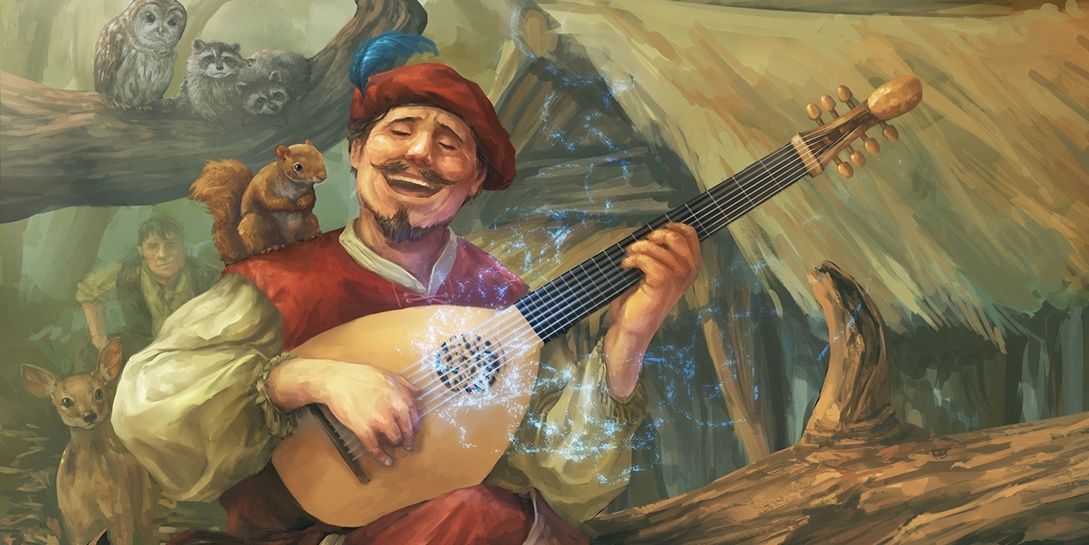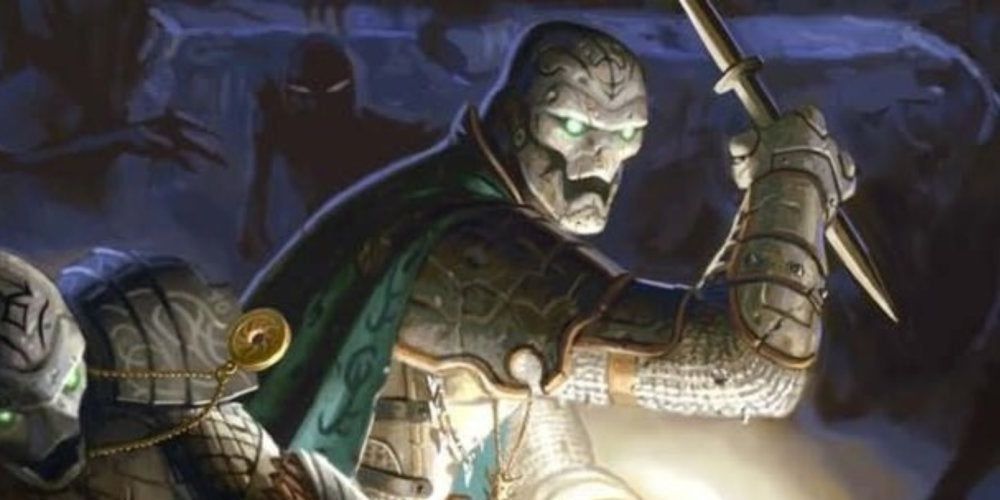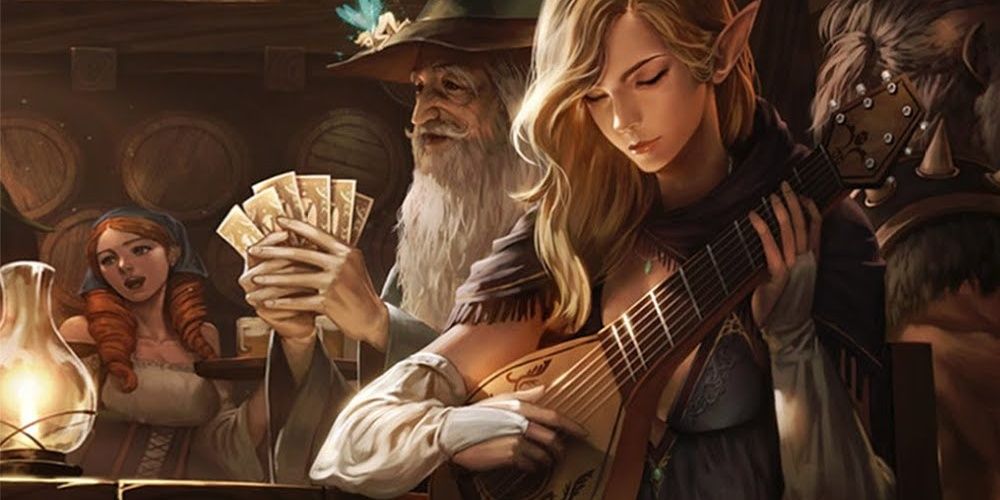Dungeons and Dragons 5e is far and away the most popular version of the TTRPG released. This newer edition's approachability, streamlined systems, and the rise of actual play podcasts and streams has opened up the D&D landscape to many new players. Of course, Dungeons and Dragons is not the only TTRPG around, and many other games have also become hugely popular at the moment. While these games can stand on their own merits, the role D&D 5e played in getting so many into TTRPGs cannot be overstated.
However, one player that most of these games share, the "Game Master," is sometimes overlooked. In Dungeons and Dragons, these are called "Dungeon Masters" (DMs).This name derives from the original task that these players had at the game's creation: designing dungeons for their friends to fight dragons in. Unfortunately, the name Dungeon Master carries an awful lot of assumptions.
Although many players hear about the game through streams and podcasts, taking the reigns of a D&D campaign (or any TTRPG, for that matter) is not as easy as professional DMs make it look. There are some typical pitfalls that prospective Dungeon Masters should avoid, and some tips for turning out top-tier TTRPG tales for collaborative play.
Establish Boundaries, Triggers, and Expectations Before Play
A recent trend in D&D has been the "session zero." This is a great way to begin a full campaign of Dungeons and Dragons, as it allows players to get to know each other (and their characters) before having the pressure of roleplaying in front of other people.The session zero is also a great chance to establish boundaries. In many Dungeons and Dragons modules, and sometimes even in homebrew material, there can be triggering content for many.
Similar to the content warnings in Boyfriend Dungeon, setting up some trigger warnings for a campaign can really help set player expectations. Furthermore, tools like the "X Card" and the RPG Consent checklist can be used to craft a campaign that people involved will be comfortable with.
The DM Is a Dungeons and Dragons Player Too
A slightly toxic divide between players and Dungeon Masters often rears its head in TTRPG circles. The party is sometimes thought of an antagonistic force to the DM, and vice versa. This dichotomy makes sense, as the DM tends to play the overarching enemies that the players have to foil (as with many of the best fantasy stories in gaming). However, it is not really fair to pit players and the DM against each other. Dungeons and Dragons groups often consist of close friends, or they can be tools for forging iron-clad friendships. An unnecessarily combative dynamic at the core of this relationship can really sour a D&D campaign.
DMs do tend to have a bit more influence in how the game plays out, so it's important for this attitude to be addressed first on the DM's side of the screen. That can start with helping players if they need it and bouncing off their ideas. It can later become full transparency in certain areas - such as the difficulty of improvising unexpected D&D combats. Ultimately, if players know what a DM has to do and how they have fun, the group will be able to make sure everyone is having a great time.
Players Are Storytellers Too
Although recognizing that the DM is an active player is essential for everyone to remember, DMs should respect the player's storytelling agency too. The reason that RPGs like D&D are so interesting is because they are flexible. When a player makes a narrative choice, it can tangibly affect the story. Some of the best RPG video games also respect player agency, but a pre-programmed piece of software can never be as intuitively reactive as multiple people crafting a story together.
In terms of DM tips, it's important to remember that the DM is not the sole author of a TTRPG campaign. Sometimes, player backstories can inform the central characters and themes that a campaign explores.
For example, the D&D sourcebook The Wild Beyond The Witchlight is the first time 5e has put a spotlight on the Feywild setting. This could inspire a tale of encroaching Fey mystery throughout the campaign. However, if players wanted to play D&D's Feywild races, then the campaign could just as easily be placed in the Feywild itself. This would turn the mystery component into a fully-fledged fairytale world, which might be more suited to the players in that game.
All told, DMs need to make sure everyone is having a good time - including themselves. Dungeons and Dragons, in spite of all its amazing narrative powers, is still a game. Whether it's through choosing the best Dungeons and Dragons player class, or by being more transparent with their players, keeping that in mind is the key to success as a DM.




